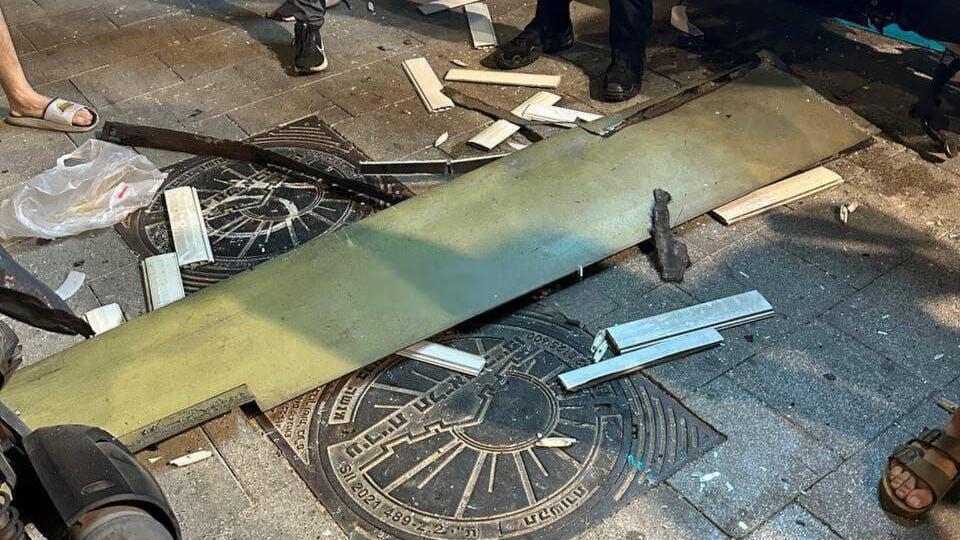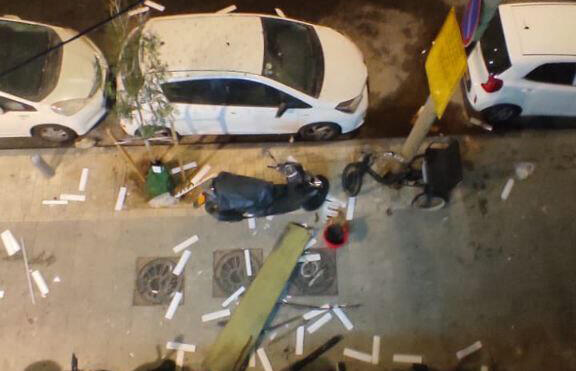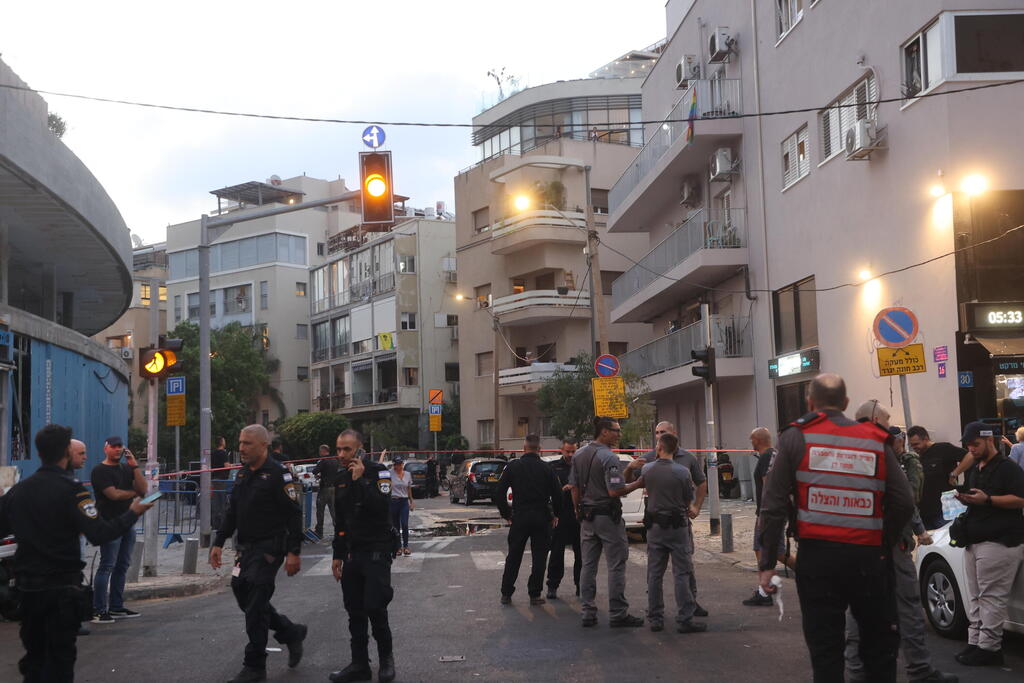Getting your Trinity Audio player ready...
IDF Spokesperson Rear Admiral Daniel Hagari revealed in a statement Friday that a preliminary investigation indicates the drone that exploded over Tel Aviv was an Iranian UAV upgraded for a flight from Yemen to Israel.
"The UAV threat is one we are actively confronting. So far, dozens of them have been launched from Yemen and intercepted by the U.S. Task Force and our Air Force. We are investigating why this particular UAV was not identified as a threat," Hagari said.
Hagari emphasized that "defense is not impenetrable. We are increasing our air patrols across the entire country. There are no changes in the Home Front Command's guidelines, but if there are, we will update the public."
Earlier, the military said a preliminary investigation revealed the strike occurred at 3:12 a.m. The drone, which had been flying for several hours, was detected by the military’s detection systems during part of its flight path but was not shot down due to human error.
Scene of drone strike in Tel Aviv
(Video: Taspal Aragai )
The IDF is investigating all potential routes of the drone’s arrival and is not ruling out various launch origins, despite the Houthis claiming responsibility for the attack.
Additionally, the IDF intercepted another target approaching Israel from the east overnight. "The drone should have been downed. This was a malfunction. There was an opportunity to shoot it down," the military said in a statement.
The investigation continues as the IDF seeks to understand the full scope of the incident and prevent future occurrences.
Drone's engine in Tel Aviv apartment
(Video: Erez Ram)
A man in his 50s was killed, and ten others were lightly injured, some from shrapnel and others from shock, after the drone strike hit central Tel Aviv, not far from the U.S. Embassy. The explosion was heard as far away as Rishon LeZion. The Houthis claimed responsibility, calling it a "high-quality operation aimed at Tel Aviv."
Saudi news outlet Al Arabiya reported that the Houthis launched a ballistic missile and four drones. "The United States intercepted the missile and three of the drones, while the fourth hit Tel Aviv," the report claimed. However, the IDF said that the American interceptions occurred Thursday morning, and Israeli fighter jets were airborne at the time and it examines the possibility that the drone which struck Tel Aviv was a separate incident.
IDF Chief of Staff Lt. Gen. Herzi Halevi convened an early morning situation assessment and ordered both intelligence and technological investigations into the event.
"There is no intelligence indicating an intention to target the U.S. Embassy. Another assessment will be conducted later this morning," the IDF said.
"We are in a prolonged war, and our air defense is not impenetrable. While we successfully intercepted a target from the east, we are investigating this incident." The military also noted, "We observed drone flight paths attempting to deceive us by changing direction mid-flight."
Houthi military spokesman Yahya Sare'e announced that the Houthis "carried out a military operation against an important target in 'occupied Jaffa,' which Israelis call Tel Aviv. The attack was conducted using a new drone named 'Yafa,' capable of overcoming enemy defense systems. Radars cannot detect it. The mission achieved its goal. Houthi forces declare that Jaffa is an unsafe area and will be a primary target. We have a bank of targets in Israel, including sensitive military and security sites, and we will continue to strike them."
Senior Houthi militia commander Hazem al-Asad told the Qatari channel Al-Araby that "the drone that hit Tel Aviv was locally manufactured in Yemen."
Tel Aviv Mayor Ron Huldai announced that the city is "moving to a heightened state of alert following the severe drone incident last night. The war is still here, and it is harsh and painful. City forces quickly arrived at the scene and handled the situation. We are prepared for further developments, if any occur. I urge the public to follow instructions."








